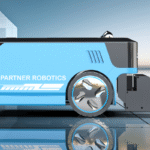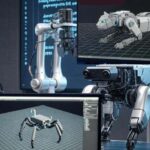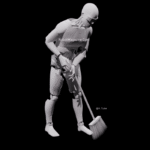What is Scribing Robot and How it Reduces Layout Work -

Scribing robots are designed to automate one of construction’s most precise and repetitive tasks — the layout or marking process. In traditional building projects, workers manually mark floors, walls, and ceilings to indicate where partitions, openings, or utilities should be installed. This step is critical, as every trade depends on these markings for accurate alignment. However, manual scribing is time-consuming and prone to human error. By contrast, scribing robots use advanced sensors, digital layout data, and precision control systems to mark construction surfaces automatically. They can complete layout work much faster and with a higher level of consistency. As construction sites become increasingly digitized, scribing robots are helping bridge the […] Read More





